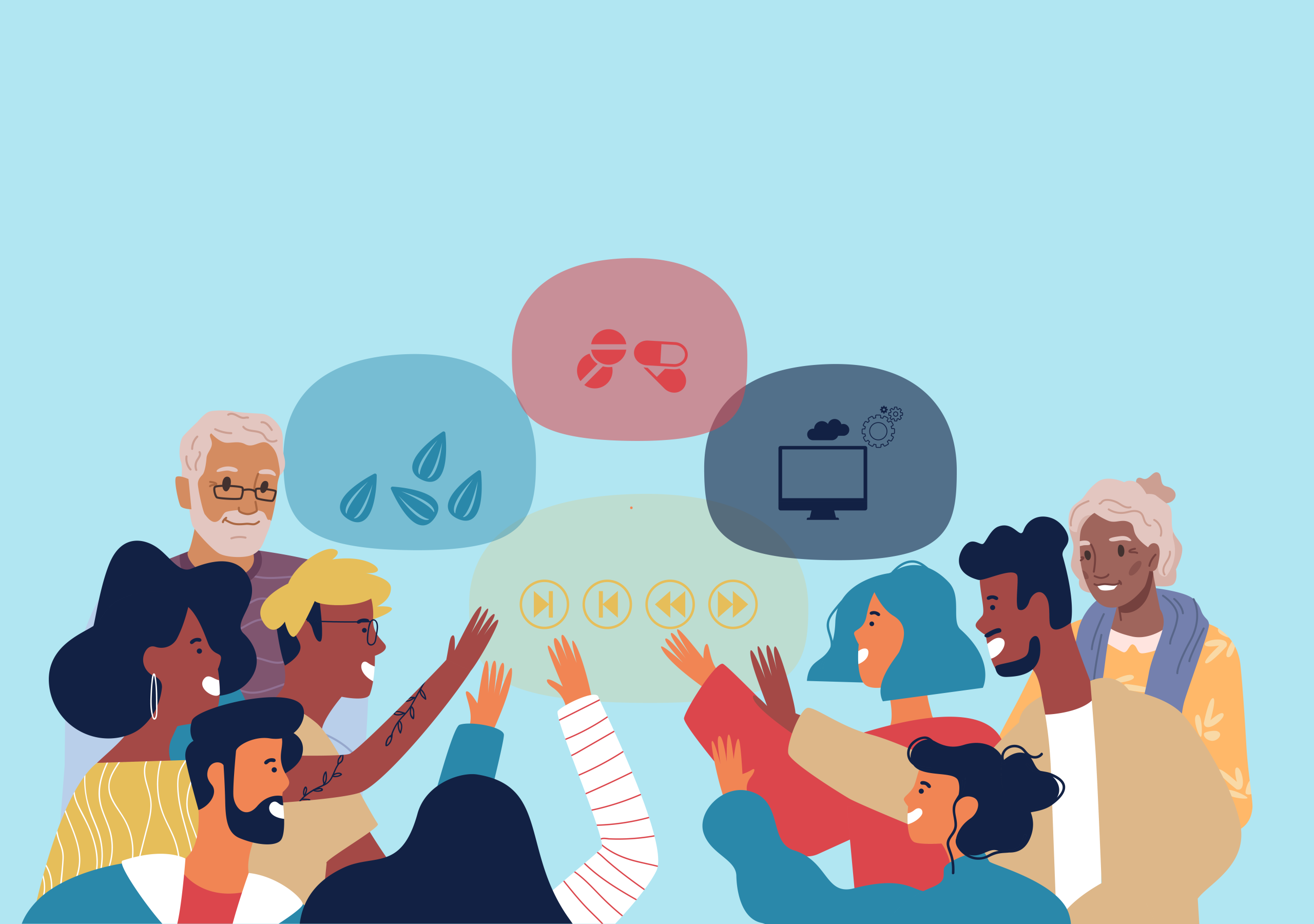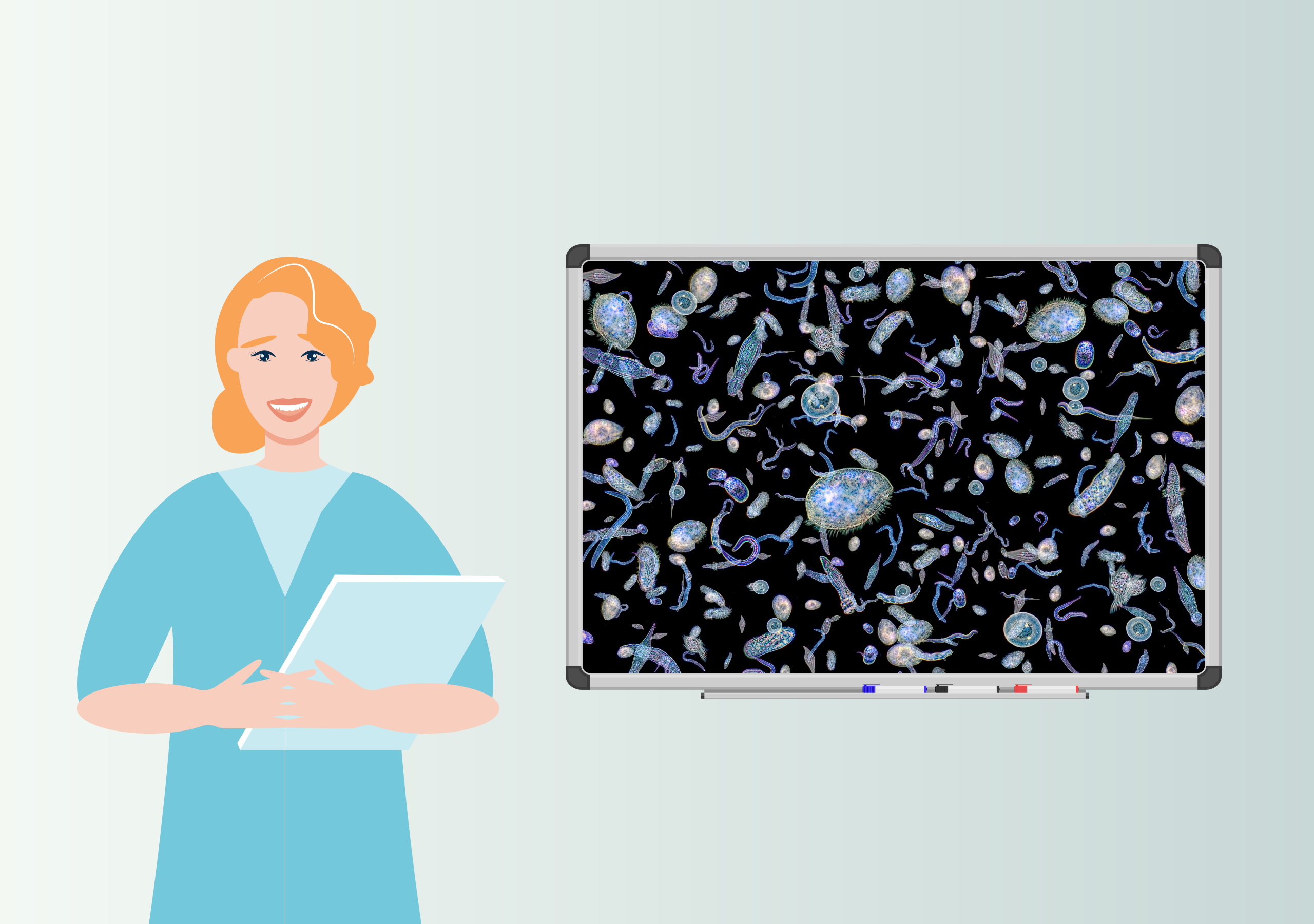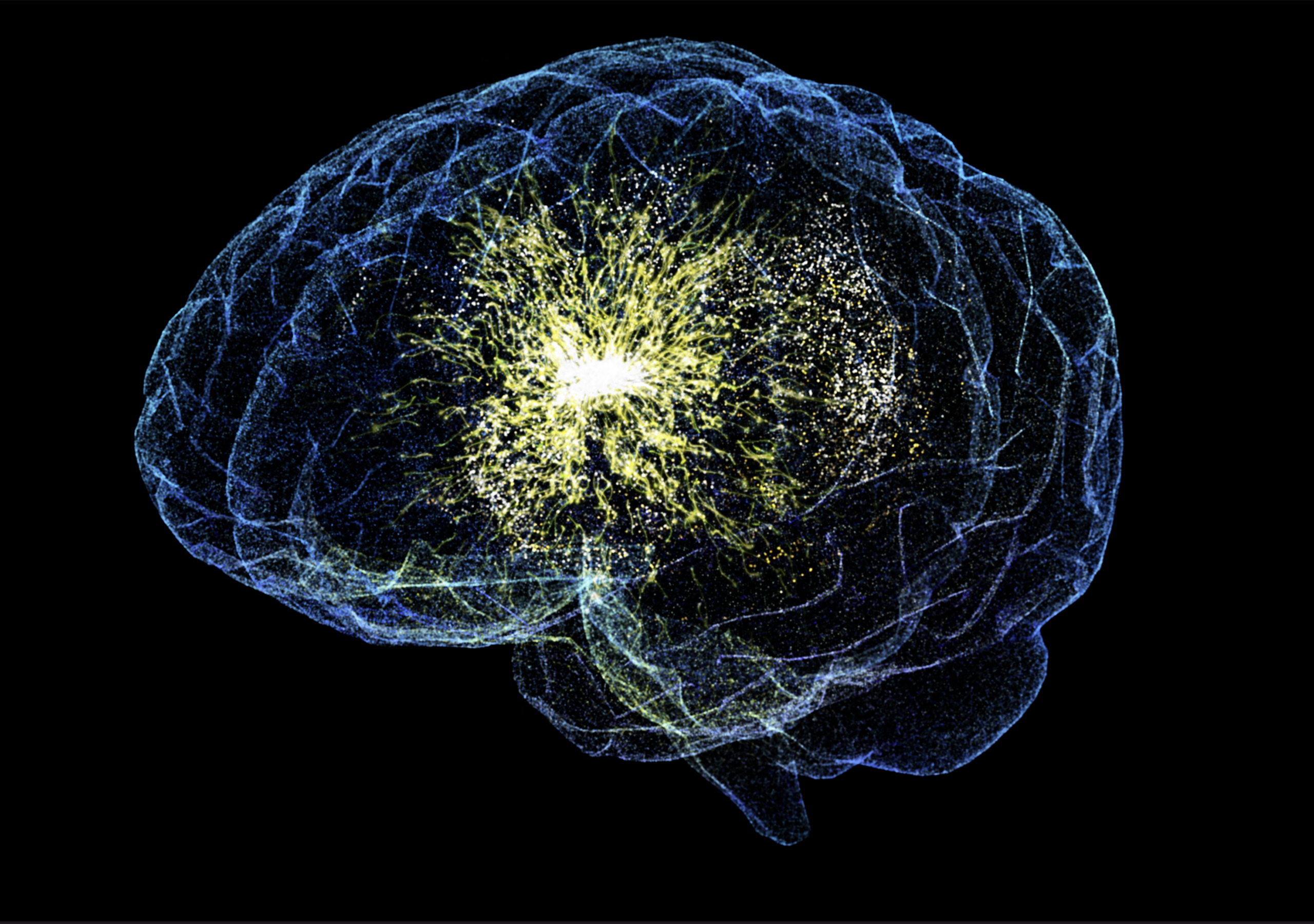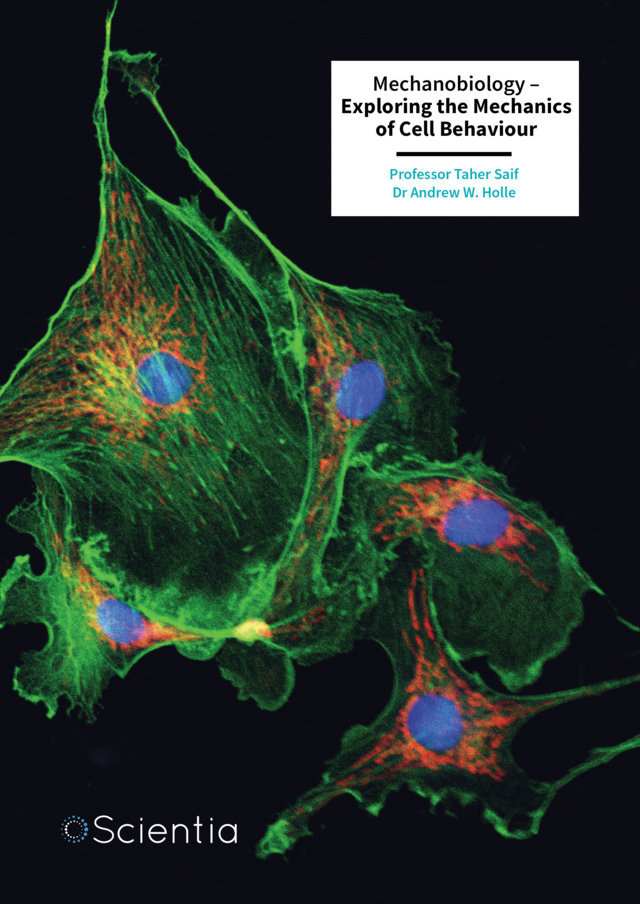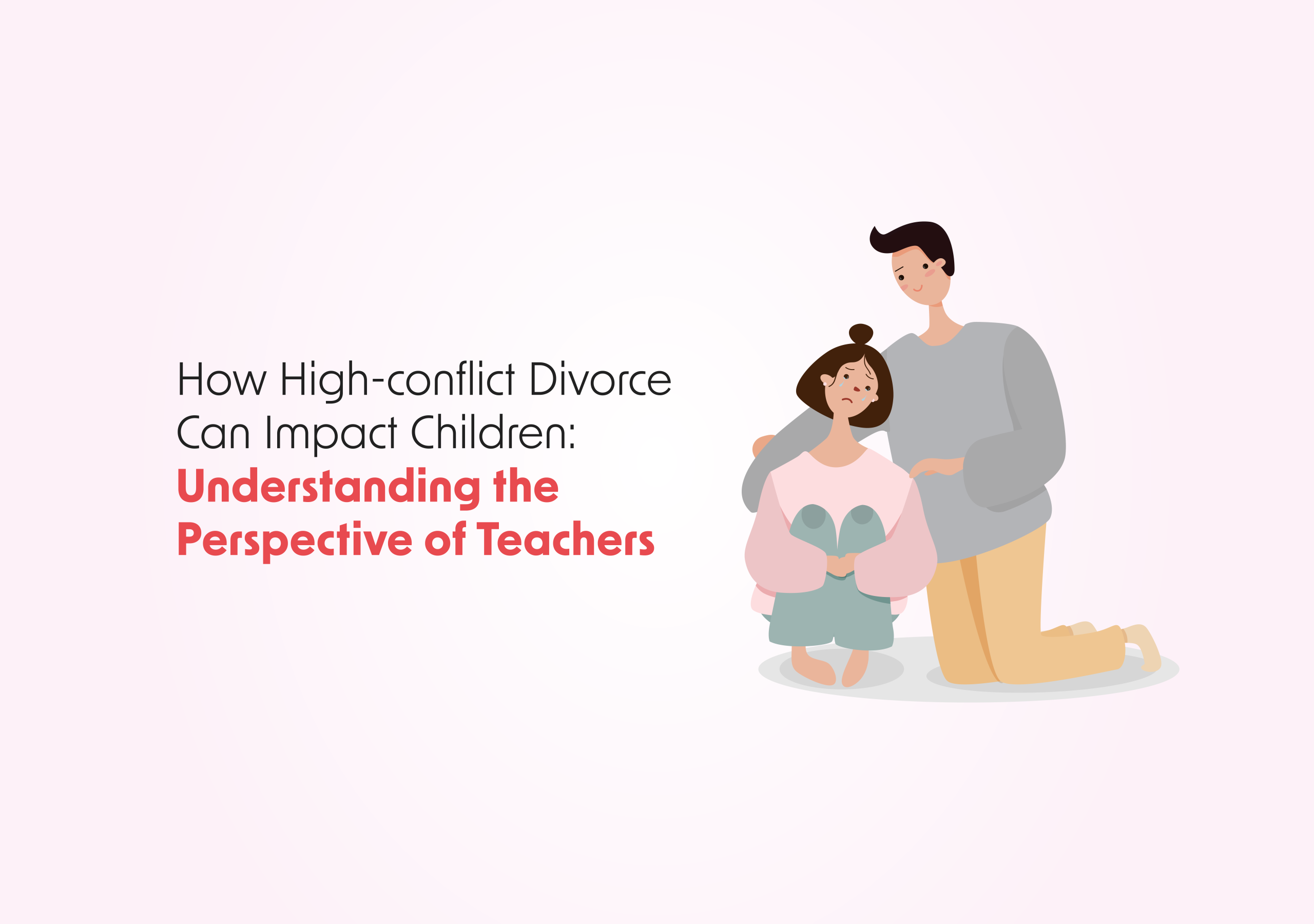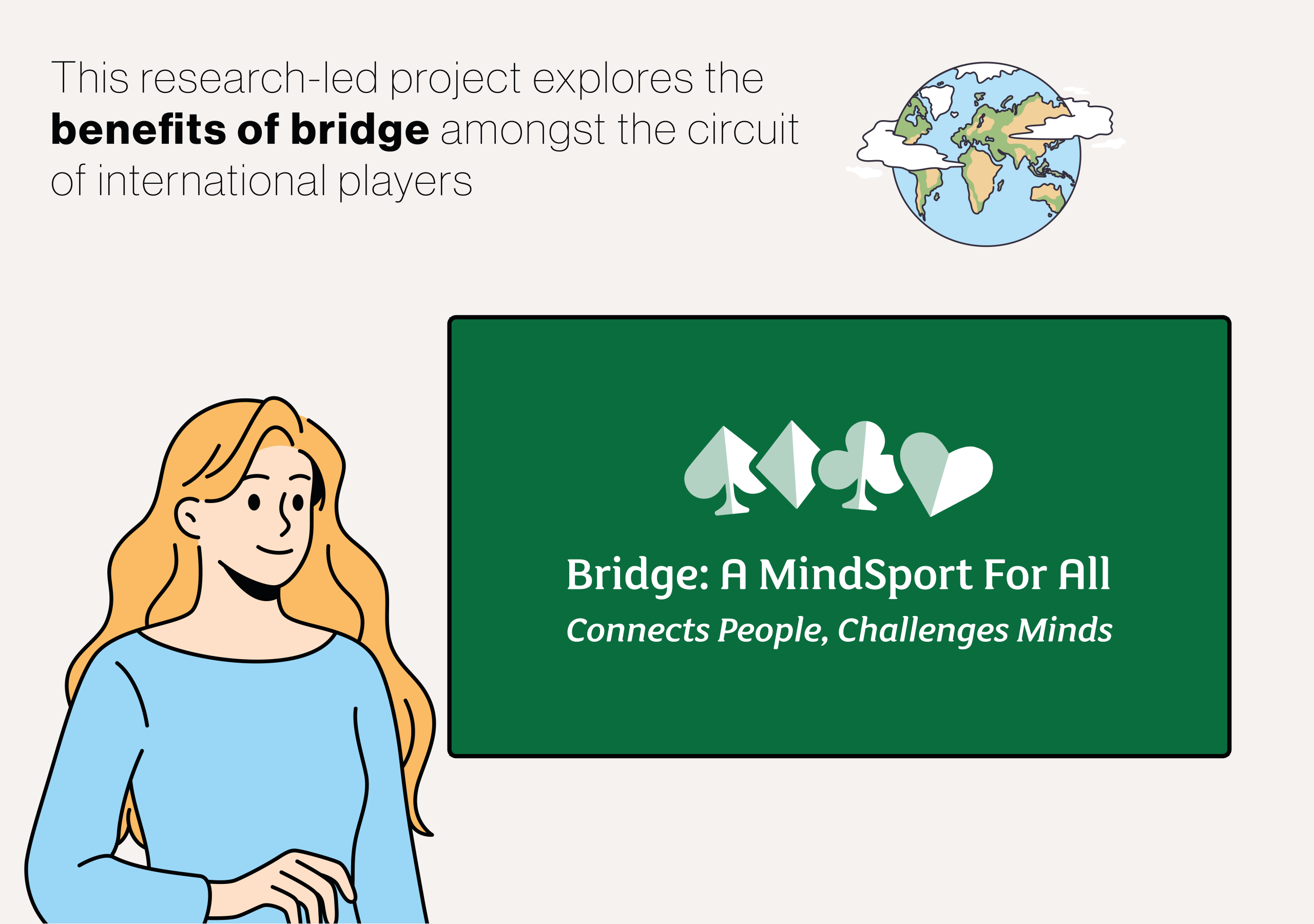As our world becomes increasingly complex, the need for genuine self-development and “inner work” grows more important. Dr Kerstin Liesenfeld and colleagues at the Liesenfeld Research Institute explore how people develop and maintain authenticity throughout their lives. Their research reveals that authentic development follows distinct patterns and stages, occurring at different rates across various aspects of our personalities. This understanding could help shape more effective approaches to personal development and coaching. More
The concept of authenticity has gained significant attention in psychology and leadership studies. This is particularly relevant in today’s “New Work” environment, where continuous self-development is crucial for managing change and transformation. While being authentic might seem straightforward, research shows it’s a complex interplay between our internal values, external behaviour, and relationships with others. The challenge lies in maintaining this authenticity while adapting to life’s constant changes.
While many studies have examined authenticity, few have looked at how it develops over time. Doctor Liesenfeld and her colleagues at the Liesenfeld Research Institute propose that authenticity development is not a simple, linear process but rather a complex journey that varies across different aspects of our personality. They argue that this development is similar to how our brains grow and change throughout life – it happens in cycles, with some areas developing faster than others. This cyclical nature means that growth often involves temporary setbacks before advancing to higher levels of development.
The researchers built upon their earlier work, which defined authenticity through four key aspects: consistency (alignment with internal values), conformity (fitting within social categories), connection (links to specific times or places), and continuity (authentic development over time). In this new study, they focus particularly on continuity, examining how authentic development unfolds through various processes and stages. They emphasise that true authenticity requires a balance between staying true to oneself and adapting to changing circumstances.
The research team identified four key characteristics in the process of developing authenticity. First is “Ongoing Self-Assessment,” which involves continuously re-evaluating oneself and one’s development. This isn’t just about occasional reflection but rather a constant process of checking whether our actions align with our values and beliefs. The researchers note that this self-assessment becomes more sophisticated as we develop, moving from simple judgments to nuanced understanding.
Second is “Dynamic Change,” referring to the constant evolution between authentic and inauthentic aspects of oneself. This recognizes that we’re always changing and need to regularly reassess what authenticity means for us. The researchers emphasise that what feels authentic at one life stage might need to evolve as we grow and develop new perspectives.
Third are “Breakage Points,” which are critical life incidents that can disrupt but ultimately contribute to authentic development. These might include major life changes such as career shifts, relationship changes, or personal crises. The researchers found that these challenging moments, while difficult, often serve as catalysts for deeper authentic development.
Finally, there is the “Never-Ending Story,” which describes recurring patterns in behaviour and perception that continue throughout life. Some of these patterns might even be inherited from previous generations, influencing how we approach authenticity without our conscious awareness.
These processes in turn occur across three developmental levels. The first level is “fragmentation,” where people process information in simple, binary ways – seeing things as either good or bad, right or wrong. This is similar to how young children view the world, but adults can also get stuck at this level in certain areas of their lives. At this stage, people often struggle to integrate contradictory aspects of themselves or their experiences.
The second level is “partial integration,” where individuals begin to see and accept contradictions, though some aspects remain fragmented. At this level, people start to understand that situations and emotions can be complex and mixed. They can hold multiple perspectives simultaneously, though they might still struggle to fully reconcile them.
The third level is “holistic integration,” where people can fully grasp and accept contradictory perspectives, finding creative solutions to complex problems. This highest level allows for true authenticity while maintaining flexibility and adaptability.
To illustrate how these processes and levels work in real life, the researchers presented three case studies. The first involved Sally, a 48-year-old woman who moved from a fragmented understanding of relationships (always trying to please others) to a more integrated approach where she could balance others’ needs with her own. Through coaching and self-reflection, she transformed her marriage and career, developing a more authentic way of being. Her case demonstrates how authentic development can lead to positive changes across multiple life domains.
The second case study featured George, an 82-year-old man who, after losing his wife of 60 years, had to reintegrate his identity and find new meaning in life. His journey showed how, even late in life, authentic development continues and can lead to new forms of personal growth. The researchers note that his ability to maintain some authentic aspects of himself while adapting to profound change exemplifies successful development.
The third presented John, a 23-year-old former gifted student struggling to develop healthy study habits and self-motivation. His case demonstrates how early patterns and family dynamics can influence authentic development. The researchers use his story to show how developmental patterns can be transformed with appropriate support and understanding.
These cases demonstrate the different stages and levels of developing authenticity. They also show that authentic development isn’t just about personal growth – it often requires support from others. For example, John’s progress was significantly aided by his parents’ understanding and support, while Sally’s transformation was facilitated by coaching. The researchers emphasise that this kind of support is particularly crucial during “Breakage Points” when people are dealing with major life changes or challenges.
The researchers highlight that authentic development is continuous throughout life. Even when people reach a level of holistic integration in one area, they may still be working through fragmentation or partial integration in others. This process is influenced by various factors, including early childhood experiences, relationships, and even patterns inherited across generations.
This research has important implications for how we approach personal development and coaching. Rather than seeing authenticity as a fixed state to achieve, it suggests we should view it as a continuing journey of growth and integration. This understanding could revolutionise how we approach personal development interventions.
The researchers suggest that their framework could be particularly valuable in coaching and educational settings. By understanding where someone is in their developmental journey – both in terms of process characteristics and developmental levels – supporters can better tailor their approach to facilitate authentic growth. This could lead to more effective and personalised approaches to personal development.
Looking ahead, this research opens up new possibilities for studying and supporting authentic development. While the journey is highly individual, understanding these common patterns and processes can help create more effective approaches to supporting personal growth and development.


